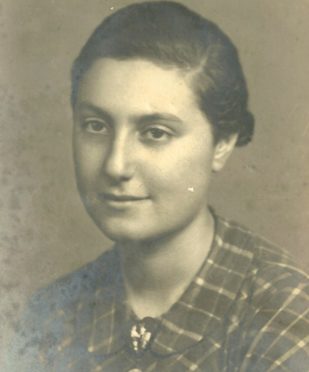A Scottish archives organisation has asked Aberdeen residents if they have any information about a German refugee who lived in the Granite City during the Second World War.
The Scottish Jewish Archives Centre is trying to discover more about Lotte (Charlotte) Friedmann from Breslau in Germany, which is now Wroclaw in Poland.
They know that, in 1937, she was employed as what is described as an ‘English correspondent’ by a company in Aberdeen.
She lived at the time with a Mrs Benson. In February 1940, the Press & Journal reported that Lotte Friedmann was the convener of the Aberdeen Refugee Centre.
Then, in the following year, there is an account of her giving a political talk to the Aberdeen Housewives’ Association.
However, Harvey Kaplan, of the Scottish Jewish Archives Centre, has admitted they have no information as to what became of Lotte after the war had finished.
He said: “Did she stay in the area? Do any of your readers have any memories of this lady? Or indeed, of refugees in the area at this time and of the Aberdeen Refugee Centre?
“The Archives Centre in Glasgow is preparing to open a Scottish Holocaust-era Study Centre to broaden access to its unique collections on Jewish refugees who came to Scotland in the 1930s and 1940s.
“Included in the collections are a number of cuttings from the Press & Journal which show efforts in the Aberdeen area to assist a number of refugees at that time, including raising money to provide housing, clothing, employment and education.”
Mr Kaplan can be contacted at info@sjac.org.uk
